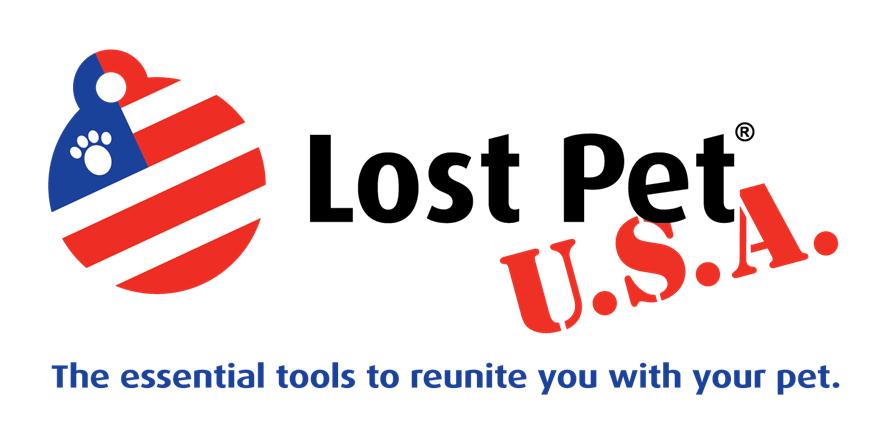Top 10 things to keep your dog in tip-top shape
From the Humane Society of the United States
Your dog gives you a lifetime of unconditional love, loyalty, and friendship. In return, she counts on you to provide her with food, water, safe shelter, regular veterinary care, exercise, companionship, and more. Take care of these 10 essentials, and you’ll be assured to develop a rewarding relationship with your canine companion.
1. External Identification. Outfit your dog with a collar and ID tag that includes your name, address, and telephone number. No matter how careful you are, there’s a chance your companion may become lost—an ID tag greatly increases the chance that your pet will be returned home safely. The dog’s collar should not be tight; it should fit so two fingers can slip easily under his collar.
Microchip Identification. Have your dog microchipped by your veterinarian. Microchip ID will ensure that your dog will be returned to you if he is lost, even if his collar came off. When scanned by a veterinarian or animal shelter, your phone number, address and other vital information will show and you can be contacted.
2. Follow local laws for licensing your dog and vaccinating him for rabies. Check with your local animal shelter or humane society for information regarding legal requirements, where to obtain tags, and where to have your pet vaccinated.
3. Follow this simple rule—off property, on leash. Even a dog with a valid license, rabies tag, and ID tag should not be allowed to roam outside of your home or fenced yard. It is best for you, your community, and your dog to keep your pet under control at all times.
4. Give your dog proper protection. A fenced yard with a doghouse is a bonus, especially for large and active dogs; however, dogs should never be left outside alone or for extended periods of time. Dogs need and crave companionship and should spend most of their time with their family, not alone outside.
5. Take your dog to the veterinarian for regular check-ups. If you do not have aveterinarian, ask your local animal shelter or a pet-owning friend for a referral and check out our information on choosing a veterinarian.
6. Spay or neuter your dog. Dogs who have this routine surgery tend to live longer, be healthier, and have fewer behavior problems (e.g., biting, running away). By spaying or neutering your dog, you are also doing your part to reduce the problem of pet overpopulation. This link can help in finding low-cost spay and neuter clinics in your area.
7. Give your pooch a nutritionally balanced diet, including constant access to fresh water. Ask your veterinarian for advice on what and how often to feed your pet. Dietary requirements change as dogs get older, and a dog’s teeth need to be cleaned and monitored regularly to ensure he can eat properly.
8. Enroll your dog in a training class. Positive training will allow you to control your companion’s behavior safely and humanely, and the experience offers a terrific opportunity to enhance the bond you share with your dog. Check out our information on choosing a dog trainer.
9. Give your dog enough exercise to keep him physically fit (but not exhausted).Most dog owners find that playing with their canine companion, along with walking him twice a day, provides sufficient exercise. Walking benefits people as much as it benefits dogs, and the time spent together will improve your dog’s sense of well-being. If you have questions about the level of exercise appropriate for your dog, consult your veterinarian.
10. Be loyal to and patient with your faithful companion. Make sure the expectations you have of your dog are reasonable and remember that the vast majority of behavior problems can be solved. Remember, not all “behavior” problems are just that; many can be indicators of health problems. For example, a dog who is suddenly growling or snapping when you touch his ears may have an ear infection. If you are struggling with your pet’s behavior, contact your veterinarian or local animal shelter for advice, and check out our behavior tip sheets, too.


